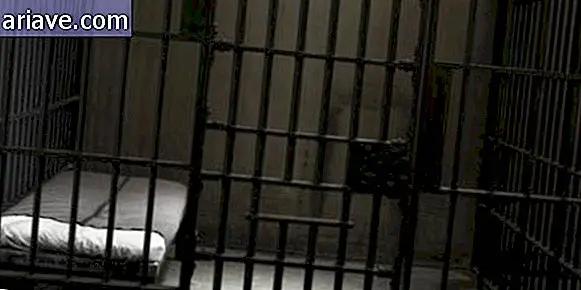Bionic prosthesis has faster response than human hand
Scientists at the Federal Polytechnic School of Lausanne, Switzerland, have announced the development of a bionic prosthesis that can translate commands sent by users' brains and respond faster than a human hand. The device combines elements of robotics with neuroengineering technologies and allows amputees to have much more control over the movements and functions of the prosthetic hand.
Bionic hand
The functioning of the prosthesis is based on sensors that are placed on the amputee's stump and are capable of detecting muscle activity when the patient tries to move the fingers - which are no longer there. In addition, the researchers developed a machine learning algorithm that, in addition to decoding the neuromuscular impulses sent by the person's brain and recorded by the sensors, interprets the signals and learns the movements to train the system and improve the performance of the prosthesis. See below:
According to the scientists, in order for the algorithm to learn how to decode the user's intentions and translate them into the finger movements of the prosthesis, a person must perform a variety of movements so that the system learns to identify which muscle activity corresponds to which action. .
Thus, once the algorithm understands the user's intentions, the amputee can control each bionic finger independently. But there's more: the prosthesis is also equipped with pressure sensors that "teach" the algorithm to react whenever the device comes into contact with any object so that the fingers automatically close over it, even in the absence of visual information.
The result of this combination of technologies makes the equipment's response like a real hand. Well, actually, the reaction is even faster. To get an idea, when we hold something and it starts to slide out of our hand, we have only a couple of milliseconds to react and not let it fall. The prosthesis - which has sensors in its fingers - can stabilize the object and hold it even before the brain realizes that it is slipping away and can respond.
Prostheses of the future
The system was tested by 10 people - 3 amputees and 7 no - and the results were quite impressive, so much so that the scientists behind the project believe that, besides being applied to prostheses, the technology could be employed in brain-computer interfaces with the goal of helping patients with limited mobility.

It is still necessary to refine the algorithm and work on the system until bionic hands can leave the labs and be made available to those who need them. Regarding paralyzed patients, considering that there are already initiatives focused on the development of superflexible devices that can lead to brain implants with the potential to improve communication for people unable to move machines and help them gain more autonomy - Neuralink, founded by Elon Musk, is one of the startups working in this area - the breakthroughs should not be long in coming.
Bionic prosthesis has faster response than human hand via TecMundo











